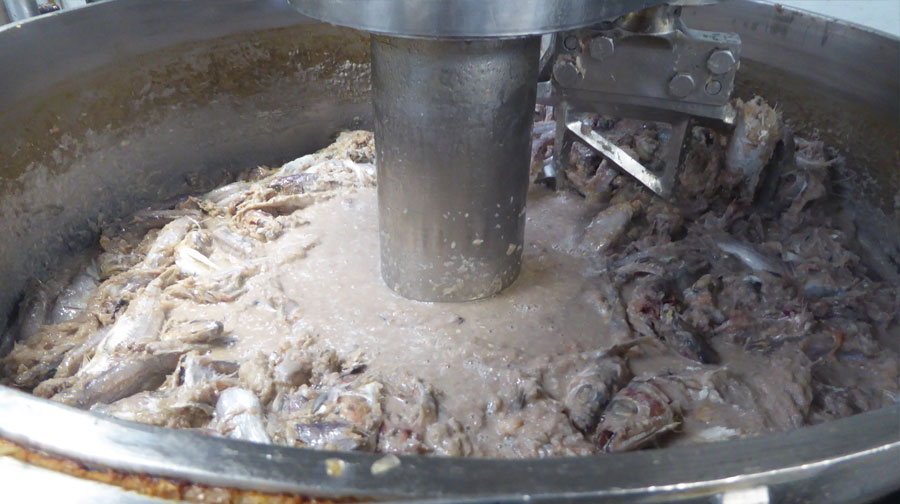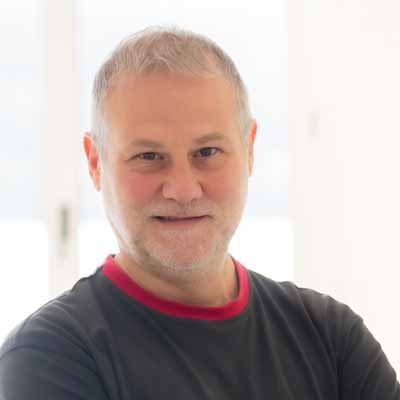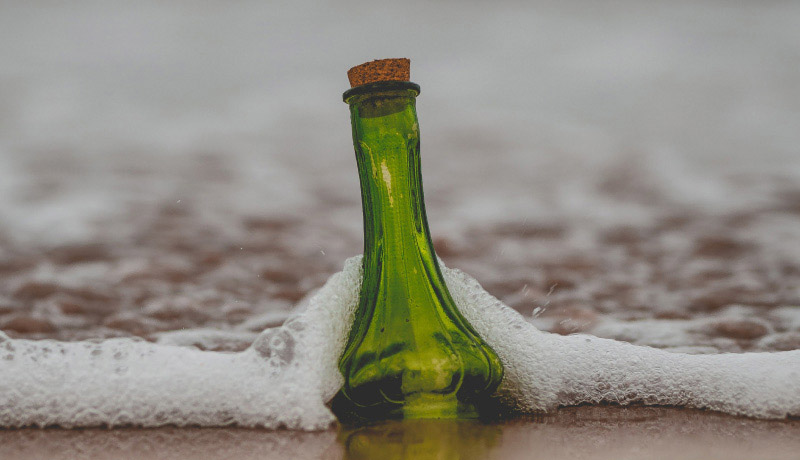Context
Silage is a simple and efficient process currently used to make use of fish waste, either in the form of leftovers or whole fish that will not be consumed. This process consists of grinding the material and mixing it with an organic acid, which acts as a preserving agent, preventing it from decomposing. Subsequently, the very enzymes present in the fish viscera initiate a process called autolysis, which degrades the mixture and liquefies it over a period of days or weeks. In 2021, it was estimated that the fleet based in the ports of the Basque Country generated approximately 280.5 tonnes of hake viscera. Through the ensiling process, up to 13.35 % protein and 14.05 % fatty acids by weight can be obtained. This means that, with the estimated production of offal in 2021, 37.9 tonnes of protein and 39.4 tonnes of fatty acids could theoretically be obtained.
In a previous project, it was shown that lightly ground viscera silage removed 100 % of anisakis within 24 hours and was able to destroy most of the allergens present. However, it is necessary to assess whether more resistant allergenic protein fragments could pass through the intestinal tract without being absorbed, and reach the edible fraction of animals fed with feed containing silage. Therefore, the treatments necessary for the incorporation of silage in feed (such as drying, extrusion, etc.), the digestion of the animals and the possible passage of allergenic proteins into the muscle or edible parts of the animals should be considered.
Objectives
The objective of this project is to validate the process of utilising discarded fish offal, demonstrating that the amount and/or allergenic potential of anisakis allergens present in the silage is minimal or nil, and that it does not compromise the safety of animal feed manufacture.
This innovative and simple method aims to maximise the utilisation of fish waste that is currently discarded by integrating it into animal feed manufacture. This approach has the potential to foster a more innovative fisheries sector, facilitating the development and adoption of improved products and processes. At the same time, it will contribute to reducing reliance on fishmeal and fish oil, promoting a more sustainable use of fishery resources and encouraging more sustainable production practices.
The implementation of this method could also represent an alternative source of income for the various fishing fleets in the Basque Country, requiring minimal infrastructure both on board and on land.
| Duration |
2023-2025 |
| Funding |
Eusko Jaurlaritza – Basque Government through the European Maritime, Fisheries and Aquaculture Fund |




